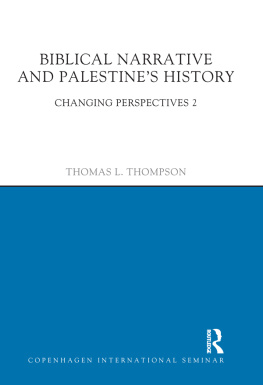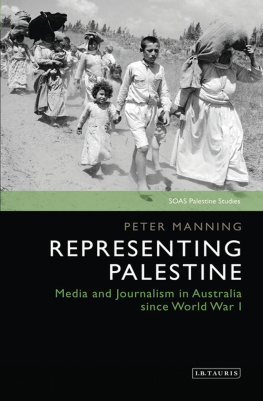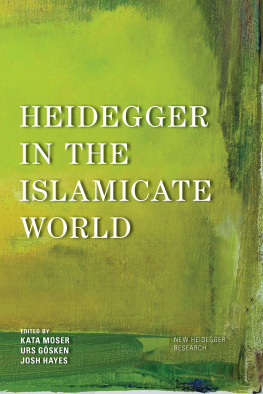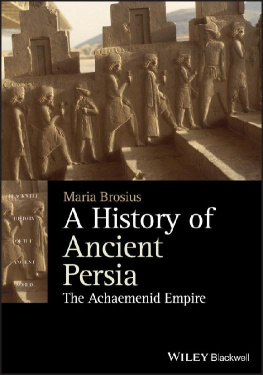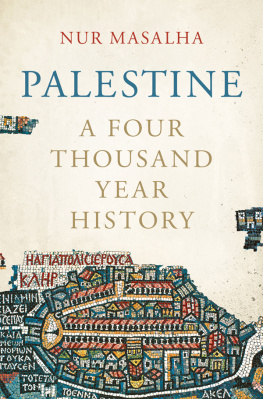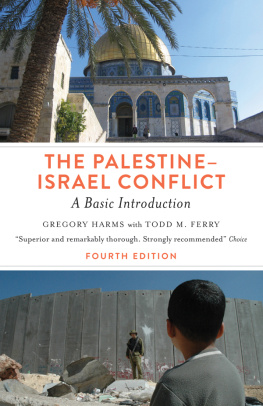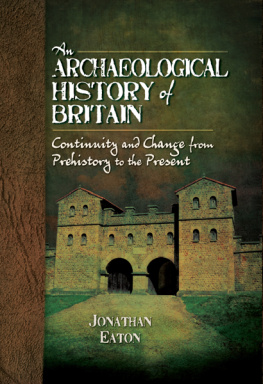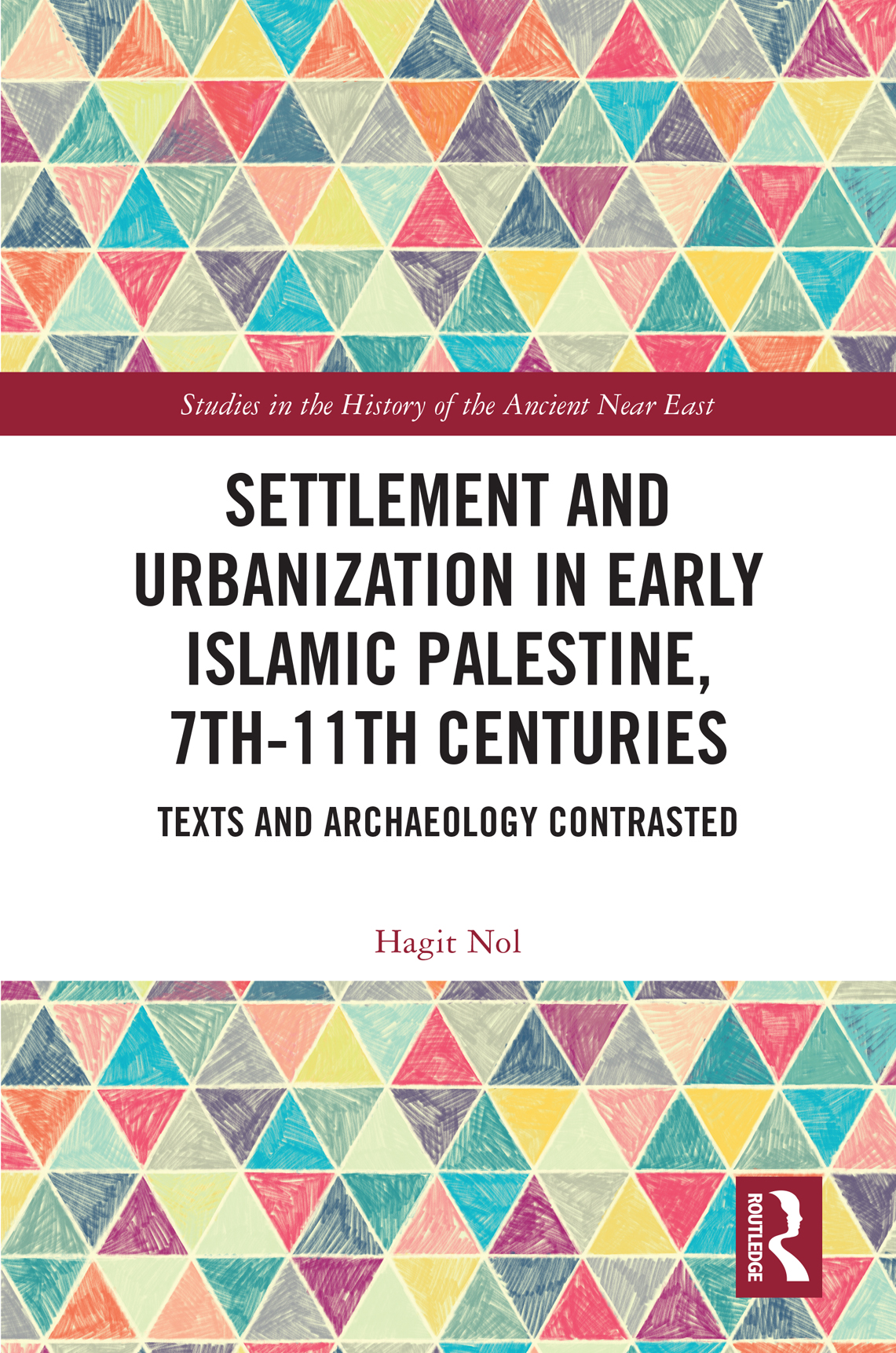
Settlement and Urbanization in Early Islamic Palestine, 7th-11th Centuries
This volume follows the changes that occurred in central Palestine during the longue dure between the 7th to the 11th centuries. That region offers a unique micro-history of the Islamicate world, providing the opportunity for intensive archaeological research and rich primary sources.
Through a careful comparison between the archaeological records and the textual evidence, a new history of Palestine and the Islamicate world emerges one that is different than that woven from Arabic geographies and chronicles alone. The book highlights the importance of using a variety of sources when possible and examining each type of source in its own context. The volume spans ancient technologies and daily life, ancient agriculture, and the perception of place by ancient authors. It also explores the shift of settlements and harbors in central Palestine, as well as the gradual development of a new metropolis, al-Ramla.
Settlement and Urbanization in Early Islamic Palestine will be of particular interest to students and scholars of the history of Islam or the history of Palestine, or anyone working more generally in the methodology of historical research and integrating texts and archaeology.
Hagit Nol is a Marie Curie postdoctoral fellow at the Universit libre de Bruxelles, Belgium, where she studies the distribution of early mosques. She is interested in early Islam, in economic and social history, and in the diffusion of knowledge and ideas. When she has time, she reads novels or watches Scandinavian TV series. In between, she raises two teenagers.
Studies in the History of the Ancient Near East
Series editor: Greg Fisher, University of California Santa Barbara, USA
Advisory Board of Associate Editors: Raanan Boustan, University of California, Los Angeles, USA; Zeba Crook Carleton University, Canada; Elizabeth DePalma Digeser, University of California at Santa Barbara, USA; Matthew Gibbs, University of Winnipeg, Canada; John Lee, University of California at Santa Barbara, USA; Harry Munt, University of York, UK; Richard Payne, Oriental Institute, University of Chicago, USA; Lucy Wadeson, Universit Libre de Bruxelles, Belgium; Philip Wood, Aga Khan University, London, UK; Alan Lenzi, University of the Pacific, USA.
Studies in the History of the Ancient Near East provides a global forum for works addressing the history and culture of the Ancient Near East, spanning a broad period from the foundation of civilization in the region until the end of the Abbasid period. The series includes research monographs, edited works, collections developed from conferences and workshops, and volumes suitable for the university classroom.
Geography, Religion, and Sainthood in the Eastern Mediterranean
Erica Ferg
A Story of YHWH
Cultural Translation and Subversive Reception in Israelite History
Shawn W. Flynn
Migration and Colonialism in Late Second Millennium BCE Levant and its Environs
The Making of a New World
Pekka Pitknen
Geography, Religion, and Sainthood in the Eastern Mediterranean
Erica Ferg
Settlement and Urbanization in Early Islamic Palestine, 7th-11th Centuries
Texts and Archaeology Contrasted
Hagit Nol
https://www.routledge.com/classicalstudies/series/HISTANE
First published 2022
by Routledge
4 Park Square, Milton Park, Abingdon, Oxon OX14 4RN
and by Routledge
605 Third Avenue, New York, NY 10158
Routledge is an imprint of the Taylor & Francis Group, an informa business
2022 Hagit Nol
The right of Hagit Nol to be identified as author of this work has been asserted in accordance with sections 77 and 78 of the Copyright, Designs and Patents Act 1988.
All rights reserved. No part of this book may be reprinted or reproduced or utilised in any form or by any electronic, mechanical, or other means, now known or hereafter invented, including photocopying and recording, or in any information storage or retrieval system, without permission in writing from the publishers.
Trademark notice: Product or corporate names may be trademarks or registered trademarks, and are used only for identification and explanation without intent to infringe.
British Library Cataloguing-in-Publication Data
A catalogue record for this book is available from the British Library
Library of Congress Cataloging-in-Publication Data
Names: Nol, Hagit, author.
Title: Settlement and urbanization in early Islamic Palestine (7th-11th centuries) : texts and archaeology contrasted / Hagit Nol.
Description: Abingdon, Oxon ; New York, NY : Routledge, 2022. | Series: Studies in the history of the ancient Near East | Includes bibliographical references and index. |
Identifiers: LCCN 2021051502 (print) | LCCN 2021051503 (ebook) | ISBN 9781032008721 (hbk) | ISBN 9781032008738 (pbk) | ISBN 9781003176169 (ebk)
Subjects: LCSH: Urban archaeologyPalestine. | PalestineHistory638-1917. | PalestineAntiquities. | Ramlah (Israel) Antiquities. | Islamic antiquitiesPalestine. | Human settlementsPalestine.
Classification: LCC DS111 .N57 2022 (print) | LCC DS111 (ebook) | DDC 956.94/03dc23/eng/20220111
LC record available at https://lccn.loc.gov/2021051502
LC ebook record available at https://lccn.loc.gov/2021051503
ISBN: 978-1-032-00872-1 (hbk)
ISBN: 978-1-032-00873-8 (pbk)
ISBN: 978-1-003-17616-9 (ebk)
DOI: 10.4324/9781003176169
Typeset in Times New Roman
by codeMantra
To my family
Figures
Tables
Acknowledgments
This book is based on my Ph.D. dissertation at Universit\xE4t Hamburg which was written not only through blood, sweat, and (mainly) tears but also with much assistance from supervisors and friends. I am indebted to all. Writing the book was possible thanks to the help and support of my editor Greg Fisher, my friend and copyeditor Anja Rutter, my parents Benny and Leah, and my dear men at home: Mohamed, Assif, and Anir.
1 Introduction
DOI: 10.4324/9781003176169-1
A sequence of political events can be deduced from chronicles on Greater Syria and Egypt in the 7th11th centuries. According to these, the region was conquered by Arabs in the first half of the 7th century. These Arabs were believers of a new Faith Islam and in the eastern Mediterranean their rule replaced the former Roman-Christian empire after hundreds of years of authority. The new power was led by the Umayyad family and based its capital in Damascus. In the year 750, the Abbasid dynasty took over and shifted the political center to Iraq and Baghdad. In the mid-9th century, the Tulunids operated as a regional authority under the Abbasids. The 10th century saw different groups struggling for power until the rise of the Fatimids, who then ruled for 200 years. Finally, the 12th century saw mainly wars between the Ayyubids and the Crusaders.
This sequence of events, if true, gives only a partial picture and lacks the and a micro-historical perspective. In other words, this research conducts social history but employs methods which are less common in that field.
Archaeology is the natural candidate to answer such questions. It comes with no surprise that several publications have already offered conclusions to similar questions on Greater Syria. These studies introduce information derived from geographies and chronicles in Arabic, but mainly emphasize the data from archaeological excavations and surveys. Importantly, these studies assemble the interpretations and conclusions that excavation and survey teams have provided for archaeological sites and generally do not discuss the raw data afresh.
Next page


